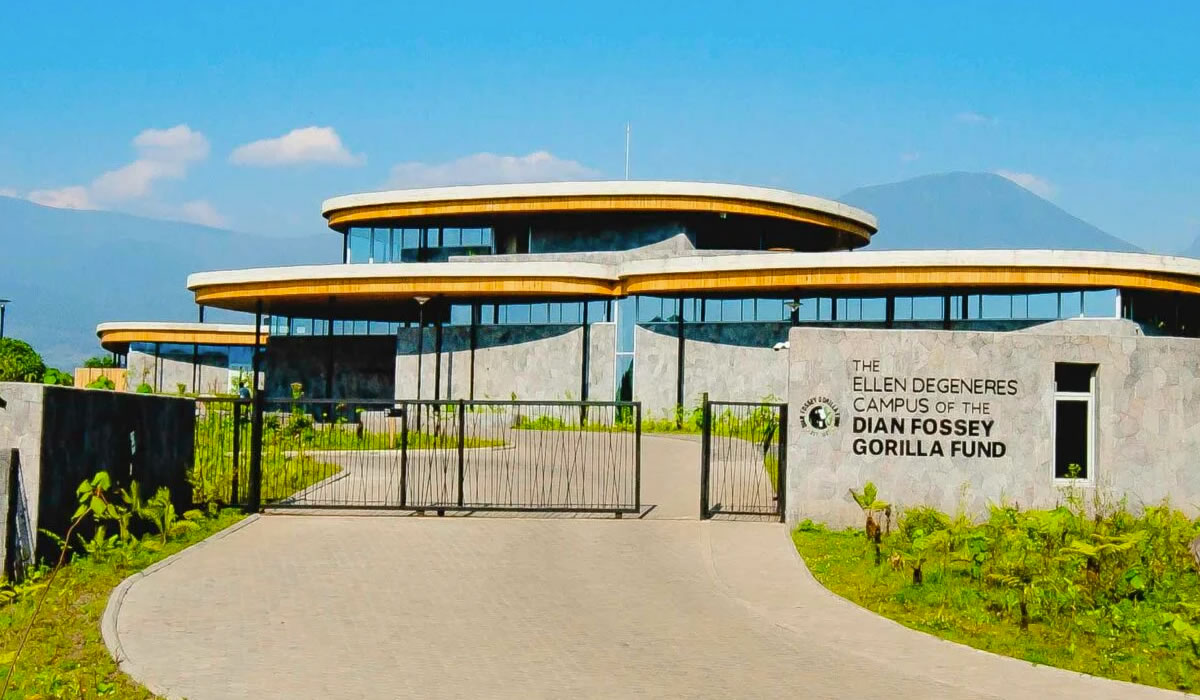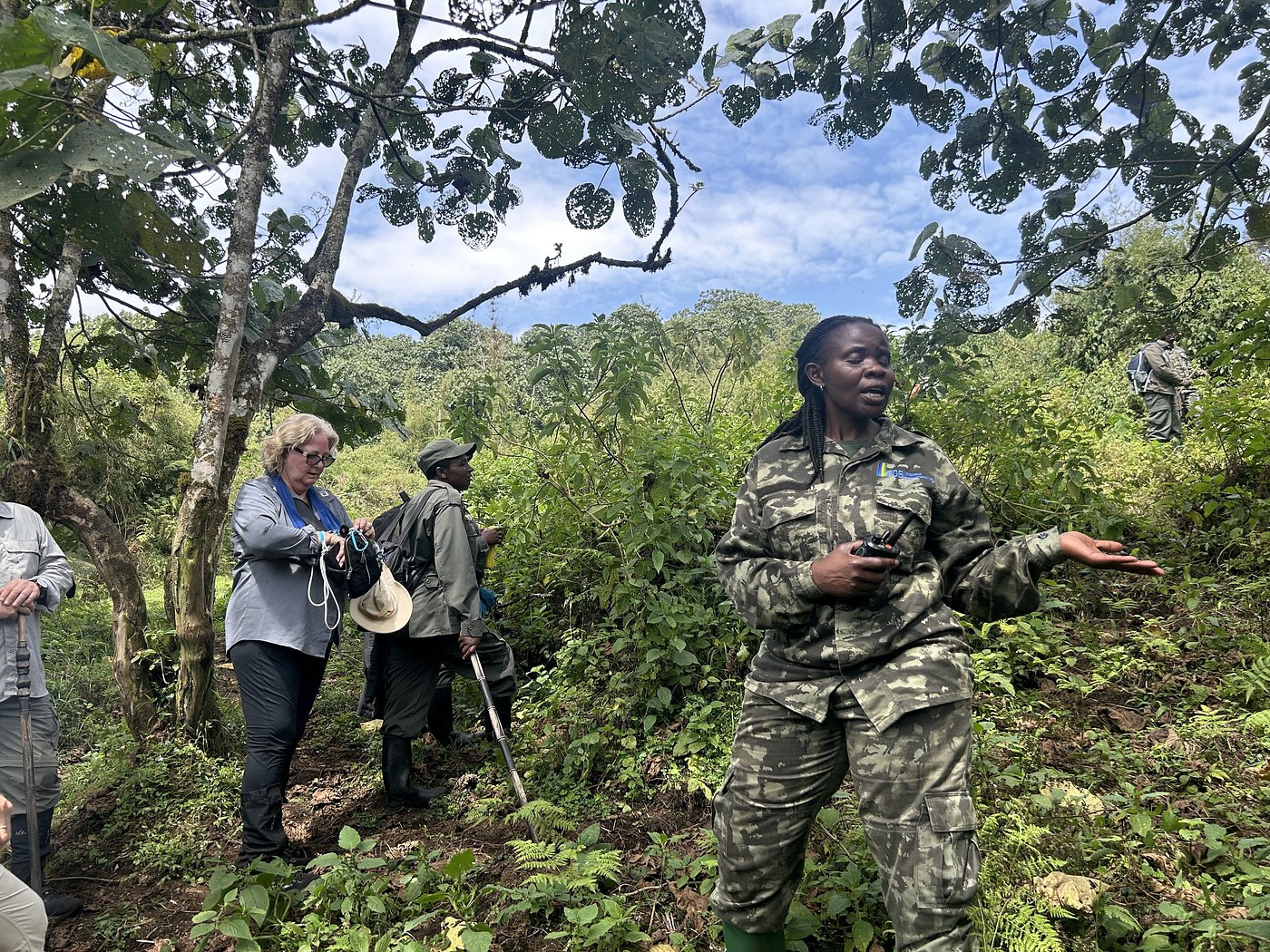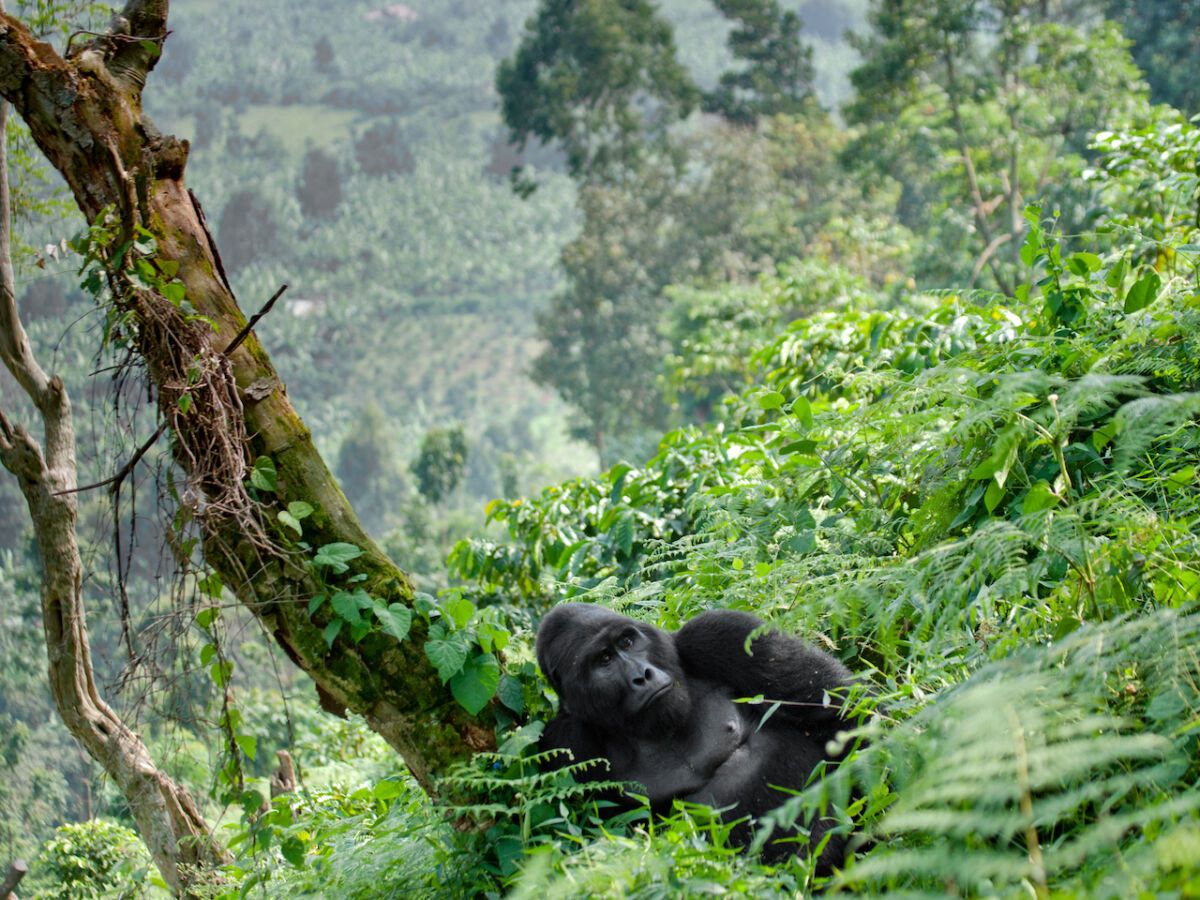Hikes to the Dian Fossey Tomb and Karisoke Research Center: A Pilgrimage into Rwanda’s Gorilla…

Gorilla Tracking Rules in Rwanda – Volcanoes National Park
Gorilla Tracking Rules in Rwanda – Volcanoes National Park
Gorilla Tracking Rules in Rwanda; Gorilla trekking in Rwanda is one of the world’s most extraordinary wildlife experiences, allowing travelers an intimate and privileged encounter with the endangered mountain gorillas of Volcanoes National Park. However, this unique opportunity comes with essential responsibilities. To protect the fragile population of gorillas, the Rwanda Development Board (RDB), together with conservation institutions like the Dian Fossey Gorilla Fund, has implemented strict gorilla tracking rules. These guidelines are designed to ensure visitor safety, safeguard gorilla health, and preserve Rwanda’s ecological legacy. Understanding and respecting these rules not only enhances the trekking experience but contributes directly to the long-term survival of these magnificent primates.
At the core of these regulations is the protection of gorillas from human diseases. Mountain gorillas share approximately 98% of their DNA with humans, making them highly susceptible to respiratory infections and viruses. As a result, trekkers suffering from flu, fever, cough, or other infections are not permitted to participate in the trek. Maintaining a minimum distance of 10 meters from the gorillas is compulsory, reducing the risk of disease transmission. Even when gorillas approach visitors, physical contact is strictly forbidden. One simple cold passed to a gorilla could devastate an entire family. This uncompromising emphasis on health protection is what has made Rwanda’s conservation efforts a remarkable success.
Rules: Gorilla Tracking Rules in Rwanda
Once a gorilla family is located, the time spent with them is limited to one hour. This rule prevents unnecessary disturbance and allows the gorillas to continue their natural behaviors without prolonged human presence. During this hour, trekkers are encouraged to observe quietly, avoiding sudden movements, loud conversations, or pointing gestures that might alarm the gorillas. Flash photography is prohibited, as the sudden burst of light can cause distress. Cameras must be set to non-flash mode before approaching the gorilla family. These behavioral guidelines ensure a calm and respectful atmosphere, enabling a peaceful exchange between humans and apes.
Gorilla Tracking Rules in Rwanda for Environment
Environmental protection is another cornerstone of gorilla trekking regulations. Rwanda enforces a strict Leave No Trace policy inside the park. Littering is forbidden, and even food waste such as fruit peels must be carried out, as it may introduce harmful bacteria. Trekkers must remain on designated routes, preventing habitat damage and minimizing erosion. Removing plants, breaking branches, or creating new trails is prohibited. Volcanoes National Park is a pristine ecosystem, and each visitor has a role in preserving it.
Gorilla Tracking Rules in Rwanda – Behaviors
The presence of professional park rangers is an essential part of every gorilla trek. Trekkers are required to follow all instructions issued by these guides, who are experts in gorilla behavior and forest navigation. If a gorilla displays signs of agitation or aggression, trekkers must remain calm, avoid eye contact, and crouch down slowly. Running is forbidden, as it may provoke a chase. Rangers are trained to interpret gorilla signals and manage interactions to ensure the safety of both parties. These guides are the stewards of the forest, and their authority must be respected at all times.
Gorilla Tracking Rules in Rwanda – What To Carry
Even before reaching the gorillas, trekkers are expected to prepare properly for the journey. Appropriate clothing is more than a matter of comfort; it is part of responsible trekking. Long sleeves, waterproof pants, sturdy hiking boots, gloves, and rain gear protect trekkers from vegetation, insects, and unpredictable weather. Hiring porters is highly recommended, not only for assistance with equipment but also as a way to support local communities. Many porters are former poachers who have been integrated into conservation efforts, and their employment is a key pillar of sustainable tourism.
Gorilla Tracking Rules in Rwanda – Conservation
The combination of these guidelines has made Rwanda a model for conservation-based tourism. Through regulated trekking, limited gorilla group sizes, and ethical visitor management, gorilla populations in the Virunga Massif have steadily increased over recent decades. This achievement would not be possible without strict adherence to trekking rules by visitors from around the world. Every traveler who follows these protocols becomes part of a greater purpose—ensuring that the future of mountain gorillas remains secure.
In the end, gorilla trekking in Rwanda is not just an adventure—it is a privilege rooted in responsibility. The Gorilla Tracking Rules in Volcanoes National Park ensure that this extraordinary encounter remains sustainable, safe, and deeply meaningful. By honoring these rules, visitors actively contribute to conservation and uphold the legacy of pioneers like Dian Fossey. The sight of a gentle silverback watching over his family in the mist is a reward beyond measure, made possible by respect, discipline, and shared guardianship of the natural world.






[…] must follow strict gorilla tracking rules in Volcanoes National Park to protect both human and gorilla health. Talking quietly, avoiding sudden movement, and […]